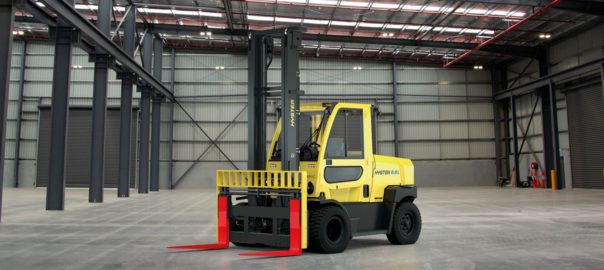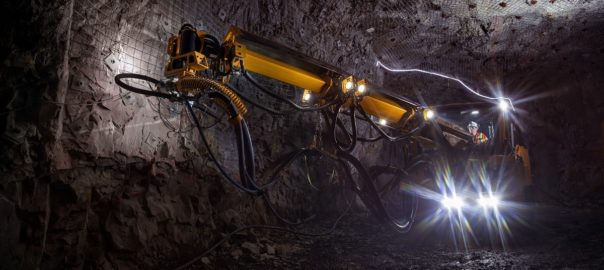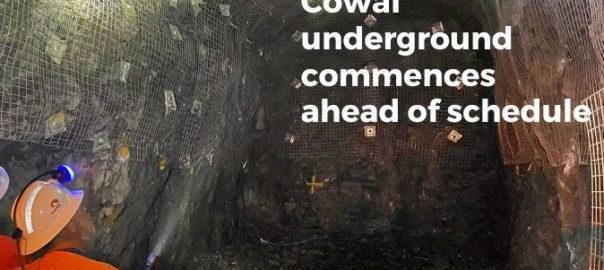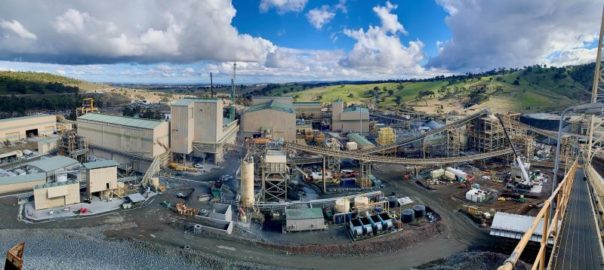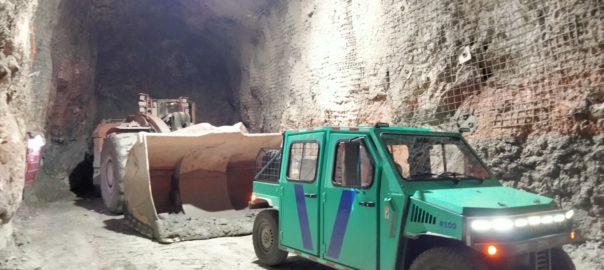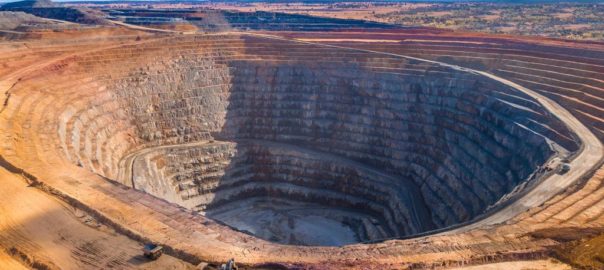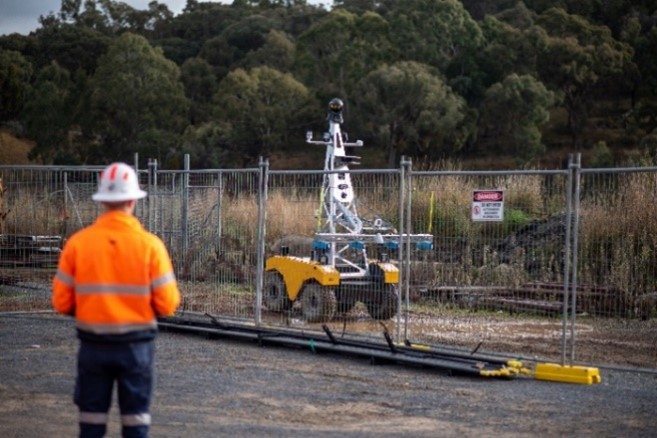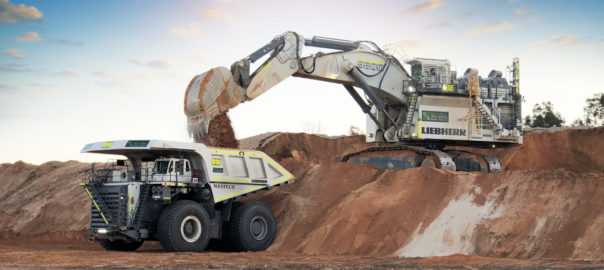Bis has announced plans for the roll out of a new electric fleet of specialised assets at BlueScope’s Port Kembla operation in New South Wales, Australia.
The battery-powered high-capacity forklifts and associated maintenance services were a critical part of a recently secured five-year contract renewal between BlueScope and Bis for the Illawarra-located steelmaking operation; the latest in a 30-year continuous relationship between the two companies, Bis says.
The idea to incorporate electric forklifts into the new contract was inspired by BlueScope’s climate strategy and decarbonisation pathway, which sets out its approach to reducing emissions across its operations.
Bis Chief Executive Officer, Simon Atkinson, said: “Building on our strong existing partnership, we are committed to helping BlueScope achieve its low-carbon goals. The new electric forklifts are practical evidence of this. They will represent up to 63% of the new forklifts that are being rolled out, and our aim is to keep the fleet evolving. Their configurations have been optimised specifically for BlueScope. Options include small footprint, flameproof specifications, custom mast heights, extra wide carriages and thin tynes with chisel tips, dual drive tyres and a variety of specialised attachments.
“Each unit also features a range of new technology capabilities for operators as well as pedestrian safety. We want to drive sustainability improvements as much as we can for our customers, and the shared expertise we have with BlueScope is yet again delivering significant and measurable outcomes for its business.”
A reliability coordinator will provide performance metrics, insight into continuous improvement initiatives for additional sustainable savings and support for site trials and training, Bis said.
David King, Australian Steel Products Contract Manager, said BlueScope deeply values Bis’ proactive and solutions-focused approach as it works hard in targeting a 12% reduction in its greenhouse gas emission intensity for its steelmaking activities by 2030.
“We aim to create carbon efficient and climate-resilient solutions for our customers and to make this a reality we have set a goal of net zero GHG emissions across our operations by 2050,” he said. “This will only come about as a result of working collaboratively with innovative partners and suppliers, like Bis, to challenge the status quo and enable ideas to materialise across all facets of the steelmaking process.”
Mobilisation of the new contract commences in July 2024, Bis says.







